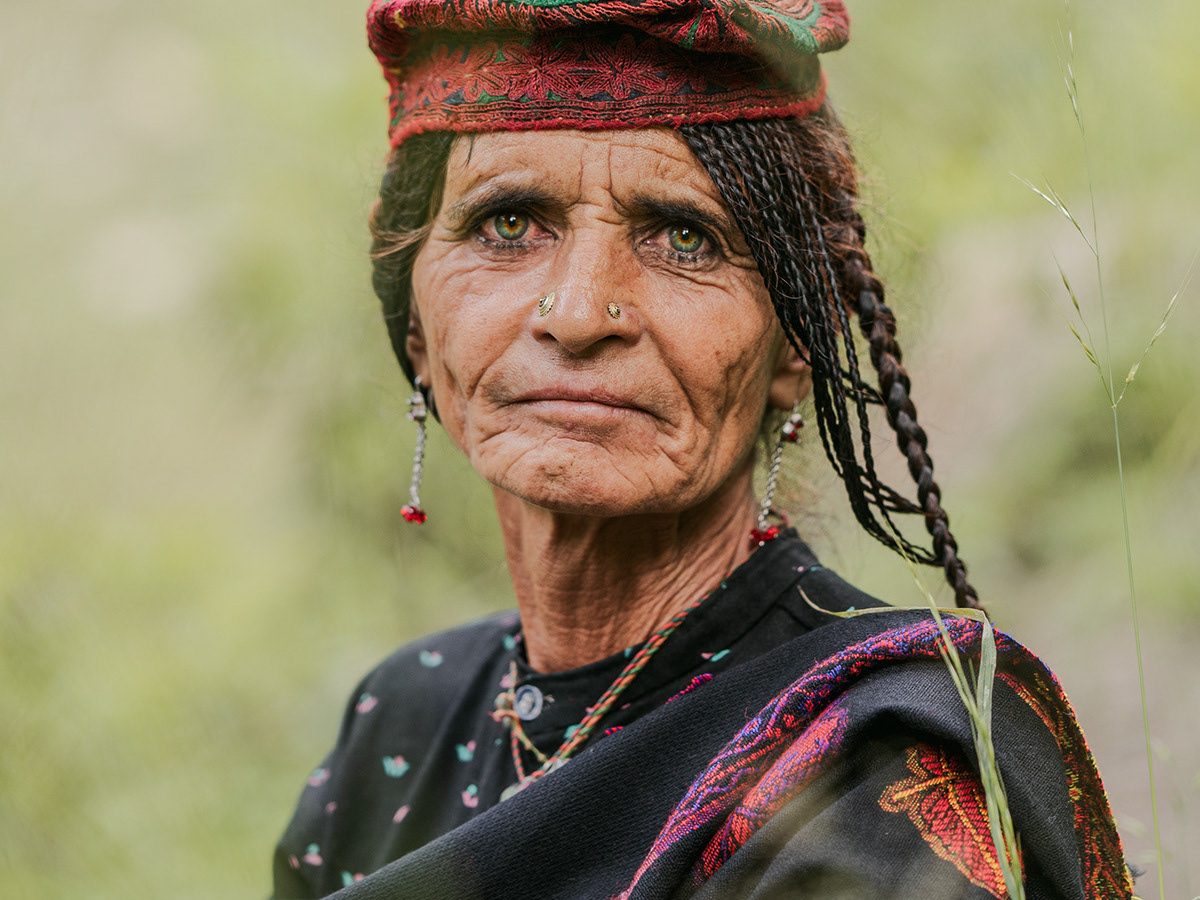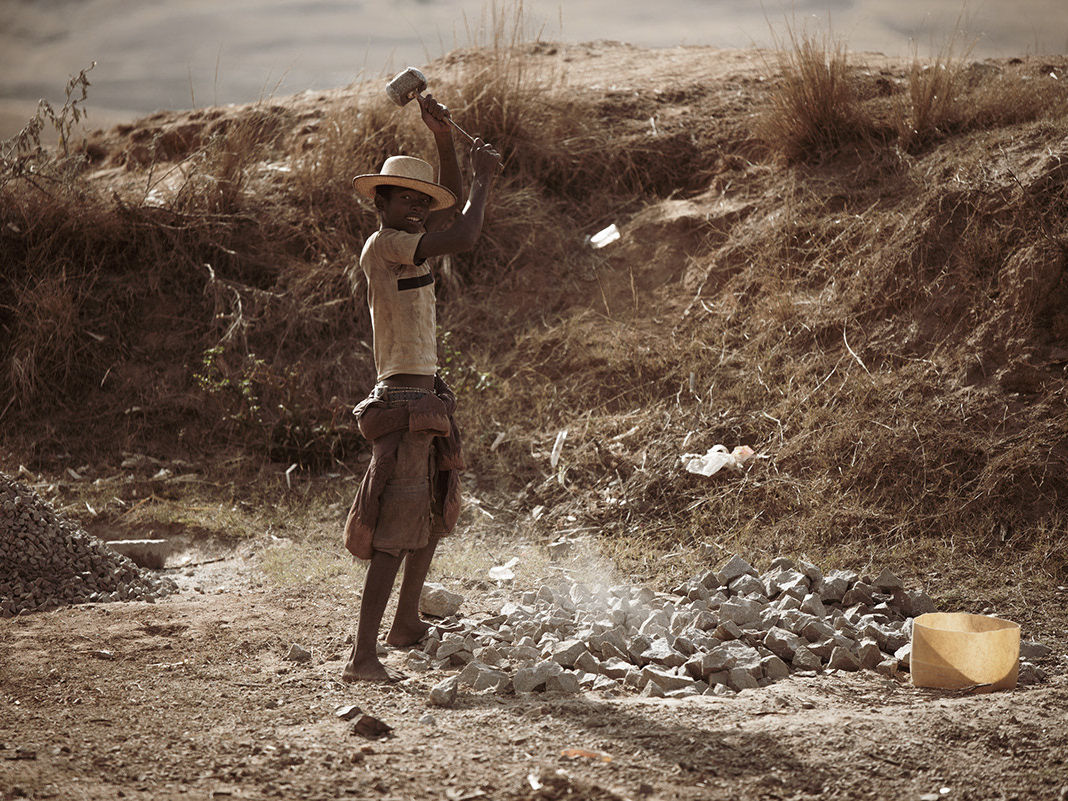Hidden in the Himalayas: Phugtal Monastery, India
Phugtal Monastery, located in the Zanskar Valley of Ladakh, is one of the most isolated monasteries in the world. It can only be reached by foot or horseback, making it a rare and untouched gem in one of the most remote regions of India. Situated on a cliffside above the Lungnak River, the monastery’s whitewashed walls stand in stark contrast to the surrounding barren mountains and valleys, offering a glimpse into the solitude and resilience of life in the Zanskar region.
The monastery’s history dates back over 1,000 years. It was founded by the Tibetan Lama, Phagspa Sherab, who chose the location for its remoteness, away from the reach of invaders and the distractions of urban life. This isolation has contributed to the monastery’s preservation, allowing it to remain a vital center of Buddhist learning and meditation. The structure itself is a complex of prayer halls, living quarters, and small shrines, all linked by narrow walkways that are carved into the cliffside. The architecture is built with simplicity in mind, using local materials that blend with the natural surroundings.
The monks who live at Phugtal are dedicated to maintaining a life of spiritual practice. The monastery hosts around 50 monks, many of whom are from the Zanskar region, but there are also monks from Ladakh and other parts of India. The monastery’s isolation fosters a deep sense of community and self-sufficiency. It is not just a place of worship, but a home for those seeking a life of contemplation away from the noise of the modern world.
Getting to Phugtal requires a trek through rugged mountain terrain. Starting from the town of Padum, the journey to the monastery takes multiple days, passing through deep valleys, narrow gorges, and crossing rivers. The path is steep, and the environment is harsh, with high altitudes and extreme weather conditions, but the reward of reaching this spiritual haven is well worth the effort.
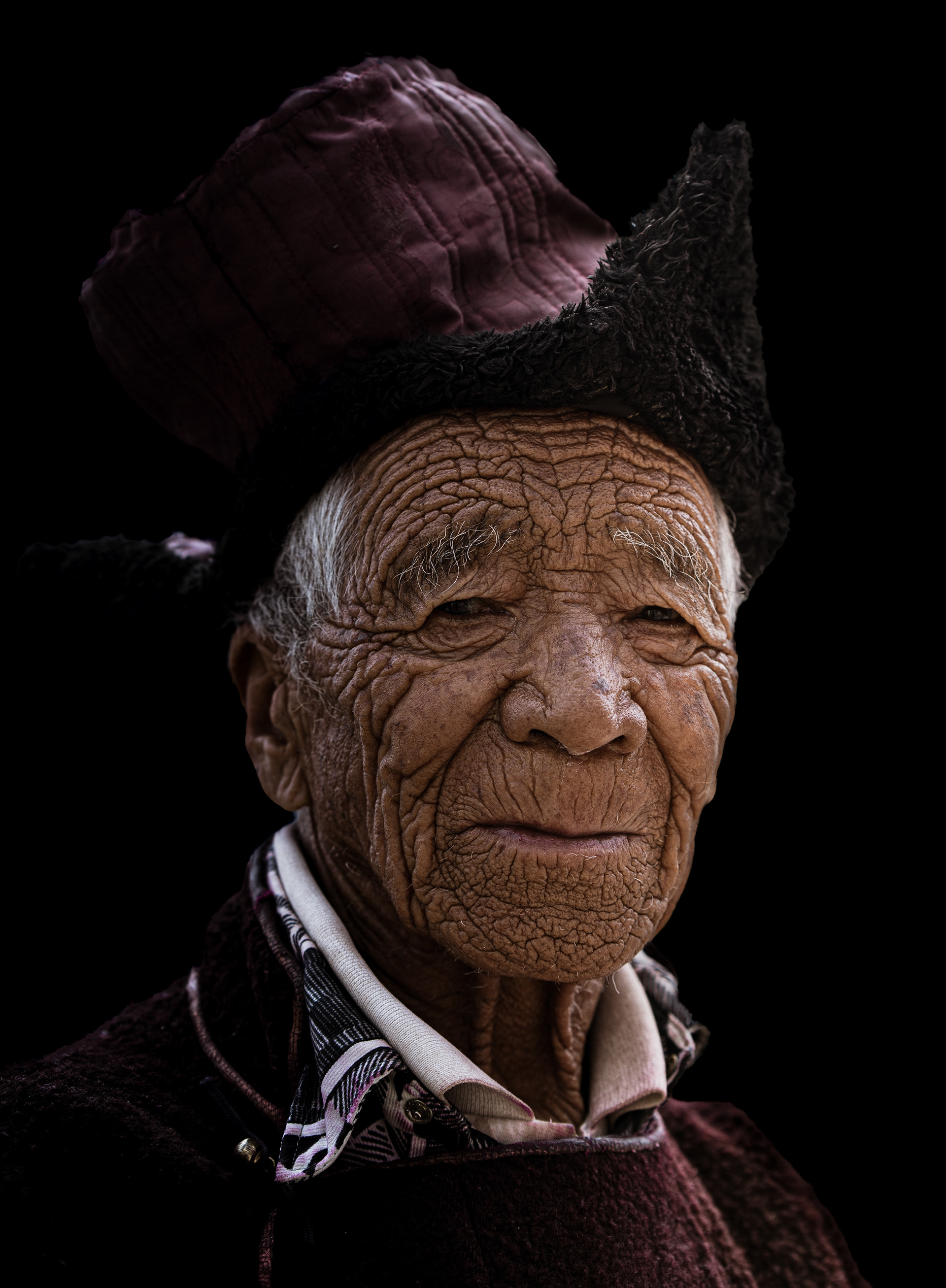
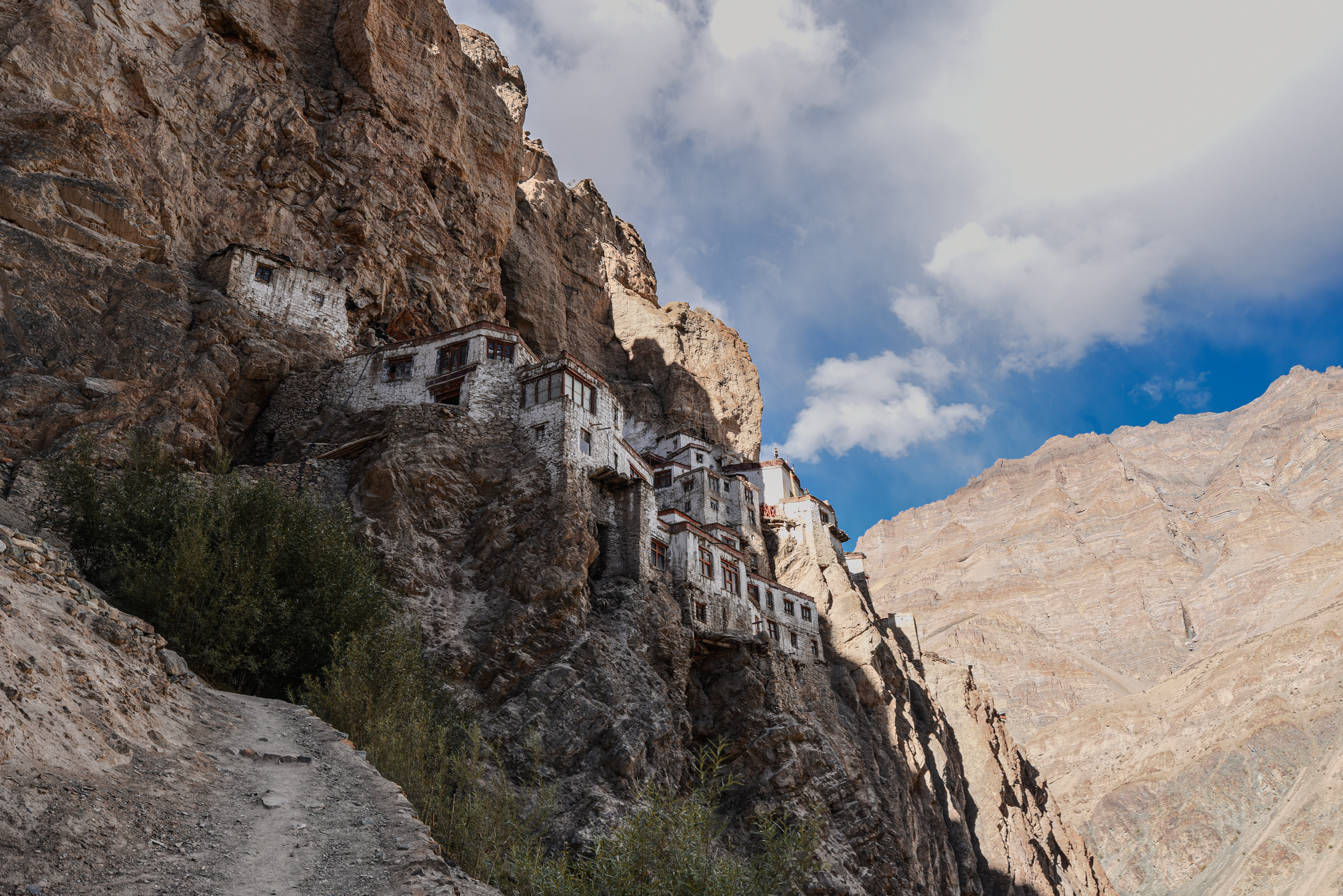
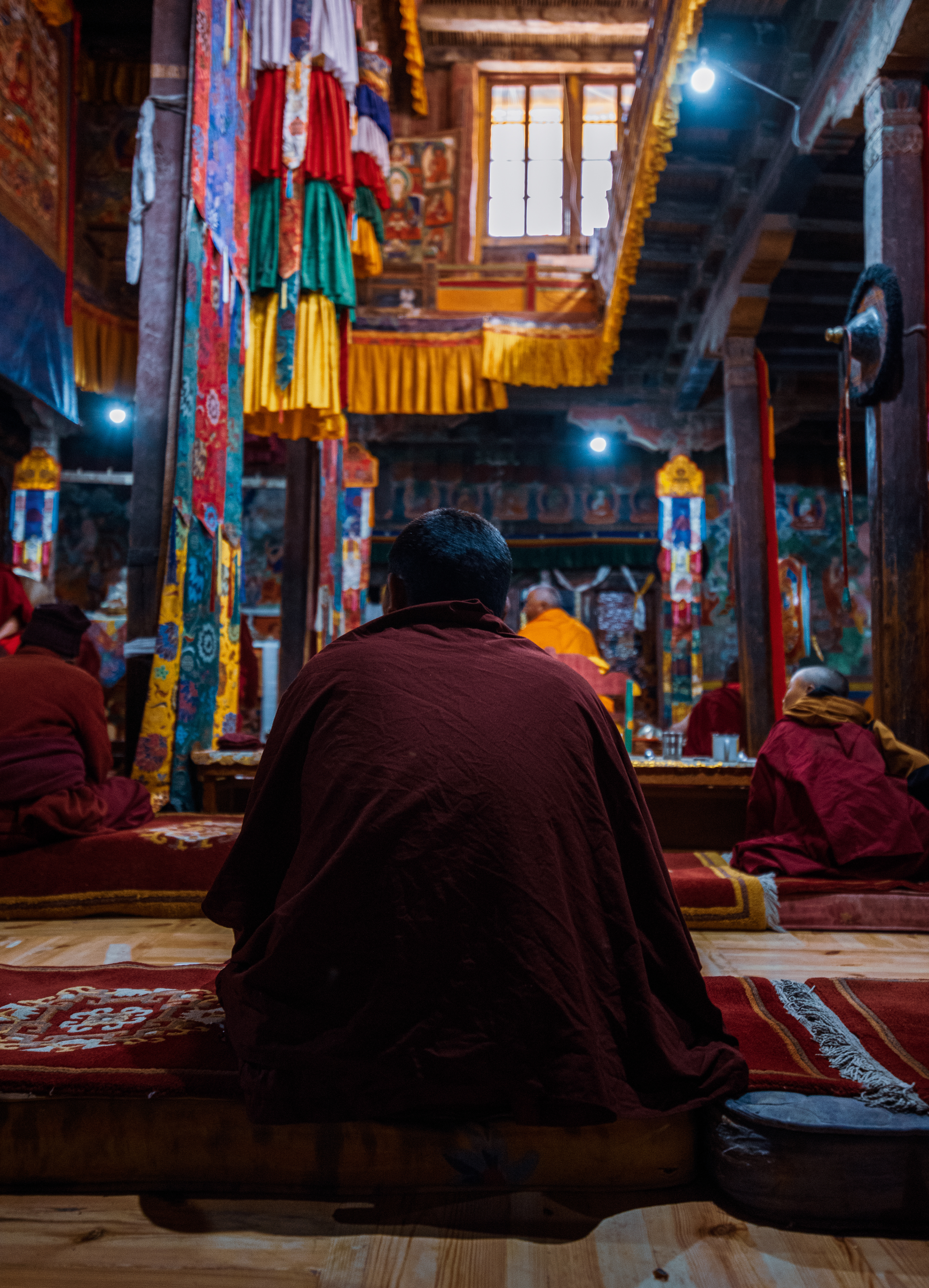
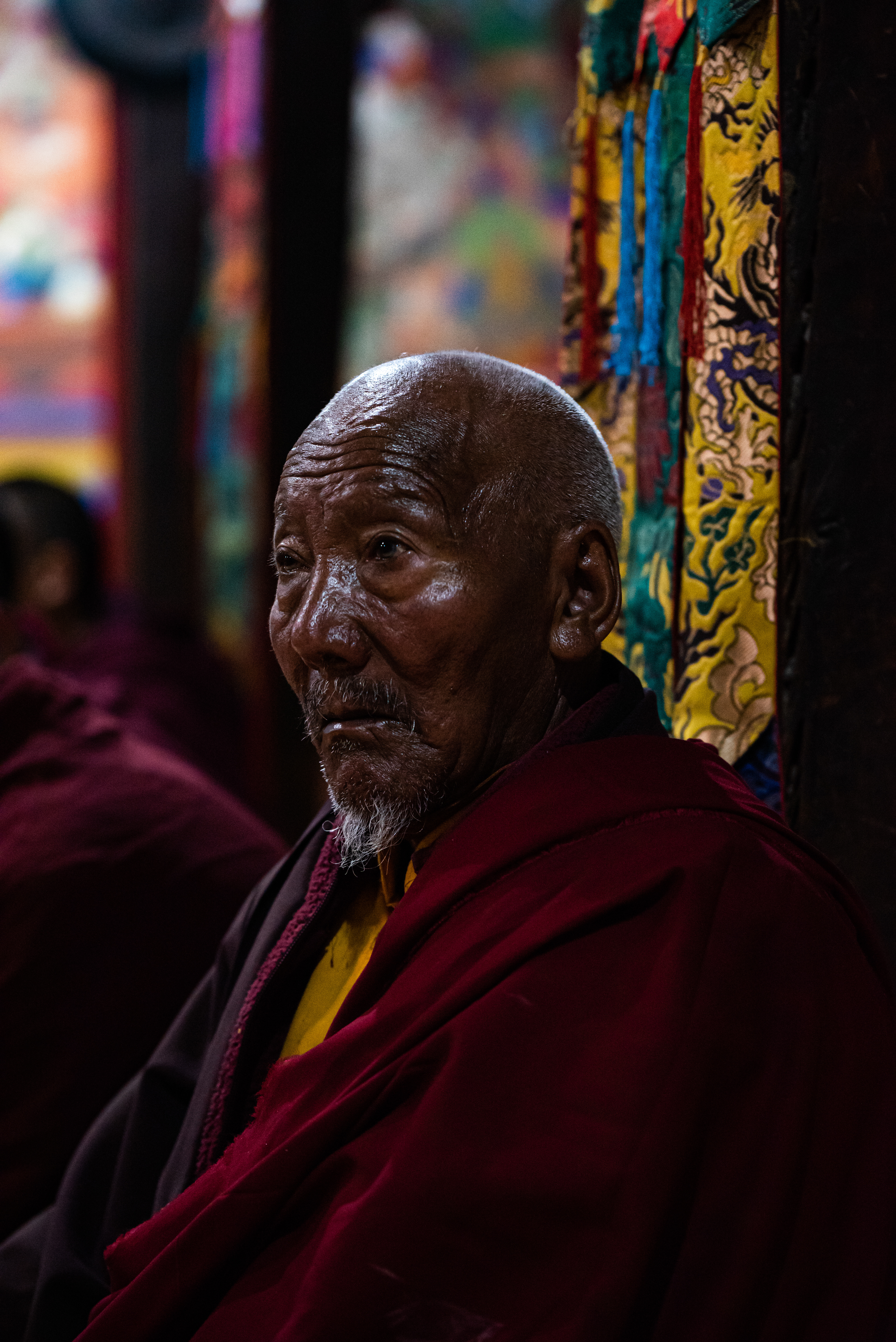
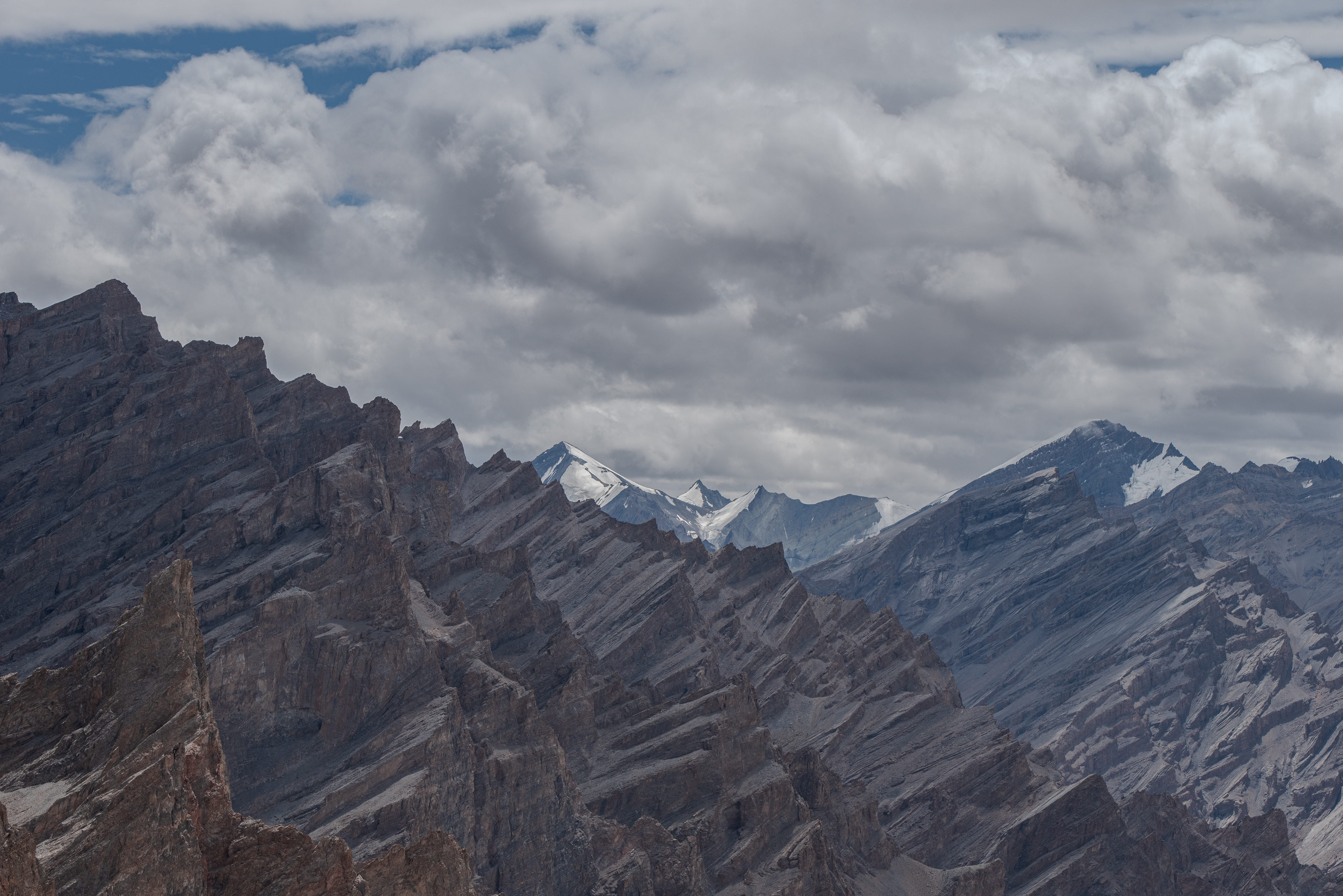
The landscape surrounding Phugtal is stark and dramatic, offering a sense of timelessness. The barren mountains, carved by centuries of wind and water, seem to guard the monastery, making it feel like a hidden world unto itself. The area’s natural beauty, marked by rugged cliffs and sparse vegetation, serves as a constant reminder of the isolation that the monks and locals embrace.
In the Zanskar region, life is marked by its remoteness and the harshness of the environment. Villages are scattered across the valley, often far from each other, and the people here live in close connection with nature. Farming, herding yaks, and traditional crafts are the main ways of life. The Zanskar region is cut off from the rest of the world for much of the year due to heavy snowfalls, making Phugtal’s location even more remarkable. It is a place where time feels suspended, and the constant pace of modern life is replaced by a slower rhythm dictated by the mountains and the seasons.
The monks at Phugtal follow daily routines that blend meditation, prayer, and work. They tend to the monastery’s garden, repair the murals, and take care of the space, all with an awareness that connects them to the land. For them, these tasks aren’t just chores—they are part of their spiritual practice and contribute to preserving the monastery as a place of learning and devotion.
Phugtal Monastery remains a significant site for pilgrims and visitors seeking both spiritual reflection and an understanding of the traditional way of life in the Zanskar Valley. It is a place that has withstood the test of time, both geographically and culturally, and continues to stand as a testament to the enduring power of faith and community in one of the world’s most remote and demanding environments.

